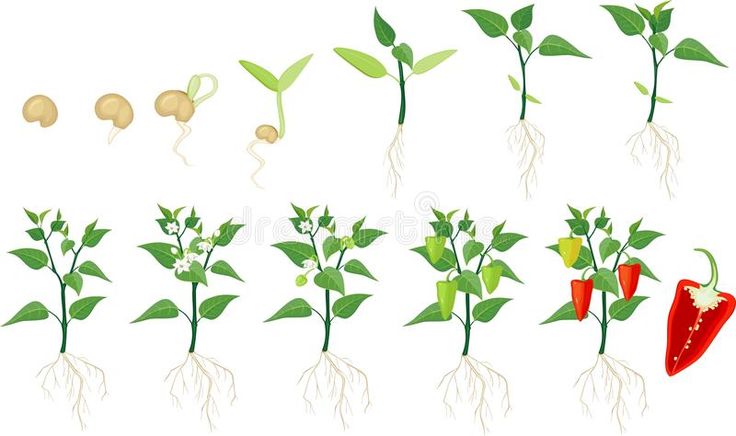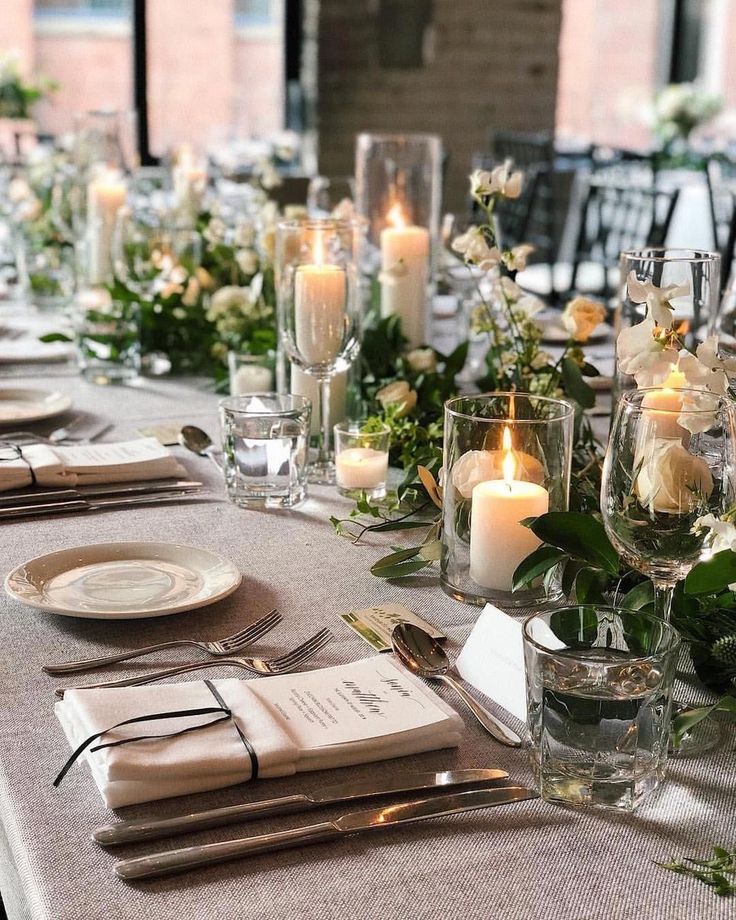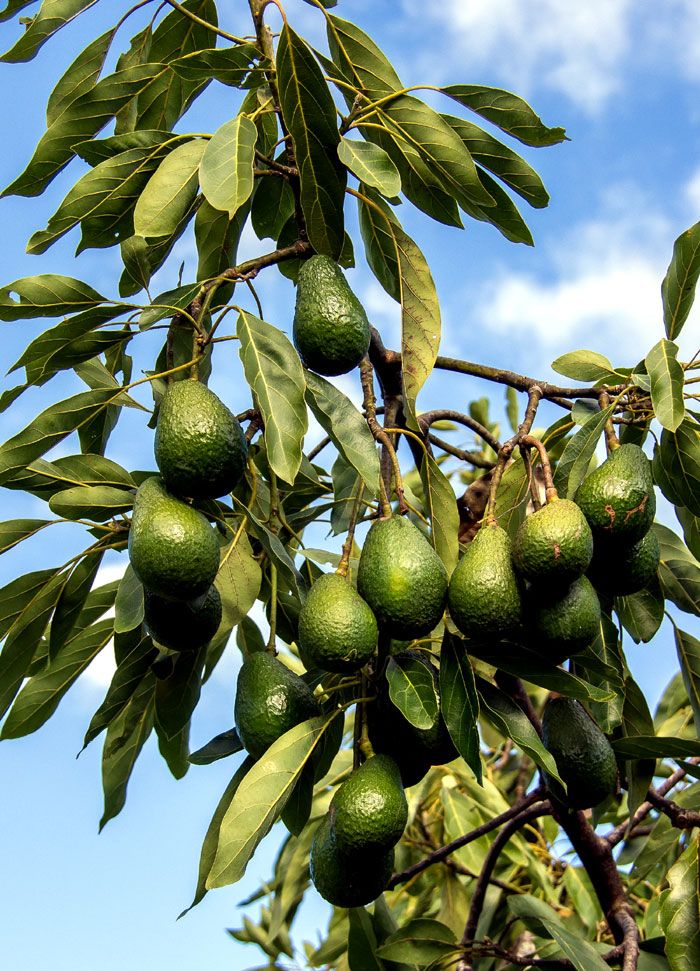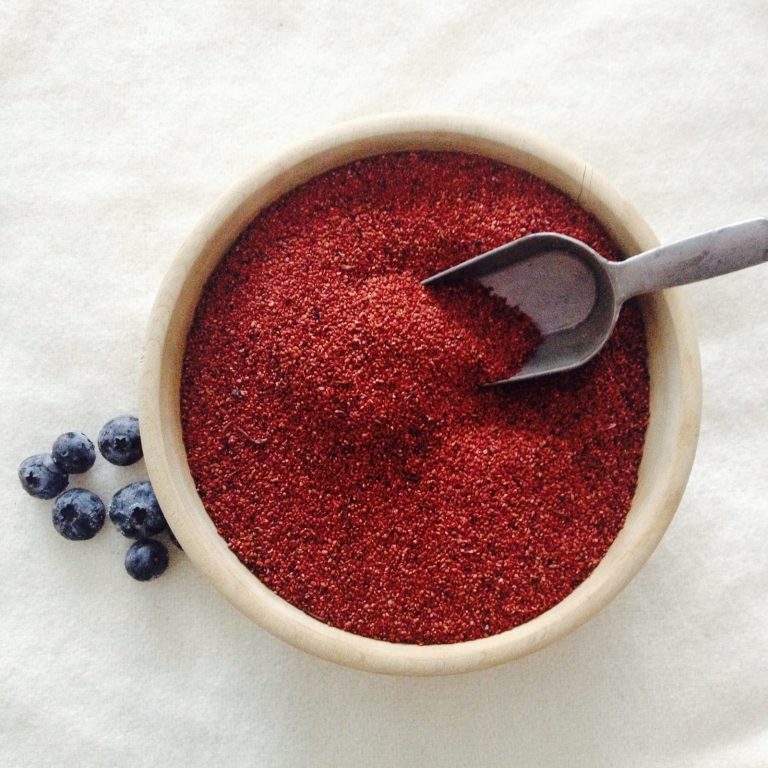Formal rose gardens
14 rose gardens to inspire |
Rose gardens have long been symbols of romance and elegance. Loved for large blooms and divine fragrance, the rose is a stalwart of the English garden and there are few plants that can rival its versatility. Available as climbers, ramblers, bushes, shrubs and ground cover roses, in a variety of colors, fragrances and repeat flowering or single blooms, there are a variety of rose garden ideas for almost every position.
Picture a rose garden and it may well conjure images of formal rose gardens designed to pay homage to the classic elegance of roses. Often these gardens consist of symmetrical, geometric borders edged with trimmed box-hedges and infilled with neatly trimmed rose bushes, often arranged by color. However, you don’t need to plant roses in a formal rose garden to appreciate the beauty of roses, there are numerous ways to enjoy them in your garden from climbing over a pergola to in pots on the patio.
We’ve rounded up an array of rose garden ideas to introduce them into your outdoor space.
Rose garden ideas
Roses are such beautiful flowers that many designers like to create a dedicated area for them. ‘Roses should be the star of the garden,’ says Florida-based garden designer Matthew Giampietro . ‘I like to incorporate roses into a garden by designing a formal rose garden or outdoor ‘room’ for roses, or even just a border of roses.’
In times gone by, walled rose gardens were known as rosaries and often contained nothing but roses. Modern gardening practice tends to favor designing a rose garden so that roses sit amongst perennials, biennials, and annuals, however – both because it looks more contemporary and because it helps to prevent rose sickness. For example, salvias (such as the fabulous hot-pink ‘Cerro Potosí’) are thought to act as natural fungicide because their leaves contain sulphur.
1. Plant roses as hedging or en masse
(Image credit: Future / Justin Paget)
‘We like to bring the luxe look of roses into the gardens of modern homes,’ says Pennsylvania-based landscape designer Nathan Tuno , who works at Roots Landscape Inc .
‘Roses done as a hedge or a large mass grouping work beautifully in contemporary landscapes. Stick with neutral tones such as white or blush, or perhaps yellow to give a pop of color while staying cool and understated. We lean on the Knock Out rose varieties, such as Sunny Knock Out or White Knock Out. They produce an abundance of delicate flowers while being unfussy.’
2. Plant roses for a wildlife garden
(Image credit: Alamy)
Many garden designers like to use wild species roses (or single and semi-double roses that have the look of wild roses) to create a wonderfully informal, natural look, while providing food for wildlife.
‘I especially love the pasture rose (Rosa carolina),’ says Maryland-based landscape architect and designer Kirsten Coffen . ‘This rose is native to North America and grows especially well in coastal areas and sloping terrain. The bright-pink flowers are born in spring and throughout the summer and are a much loved food source for bees and other pollinators.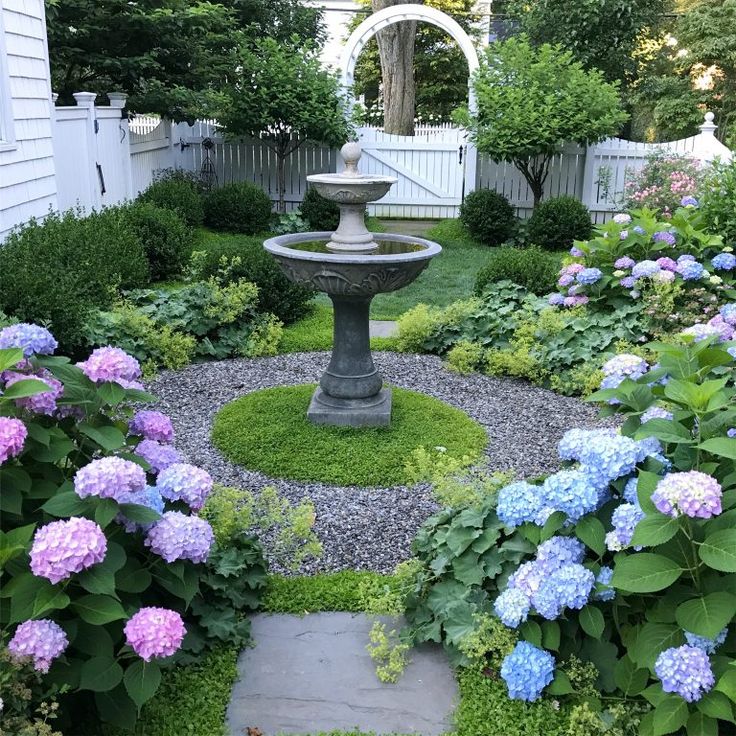 ’
’
Such wild roses are superb grown as a rose hedge or as part of a mixed native hedge – wonderful wildlife garden ideas.
3. Grow roses through a tree
(Image credit: Alamy)
Growing a rose through a tree makes for a romantic, beautiful feature in the garden during summer. Make sure you select the right tree and the right rose for a knock-out combination.
‘Choose a rambler that is not so vigorous that it will smother trees,’ advises Michael Marriott , one of the world's leading rose experts. ‘One of my favorite free-flowering ramblers is ‘Francis E. Lester’ , which has single soft-pink flowers like a wild rose, with a delicious musky fragrance. These are followed by similar quantities of small orange hips. It would be suitable for a medium-sized mature tree like an old apple. The advantage of growing into a tree is that once up there it needs no maintenance so all you have to do is admire it!’
4. Grow roses as ground cover
(Image credit: Alamy)
Procumbent roses sprawl over the ground, quickly suppressing weeds and concealing bare soil, and many of them have single or semi-double flowers that provide nectar for pollinators.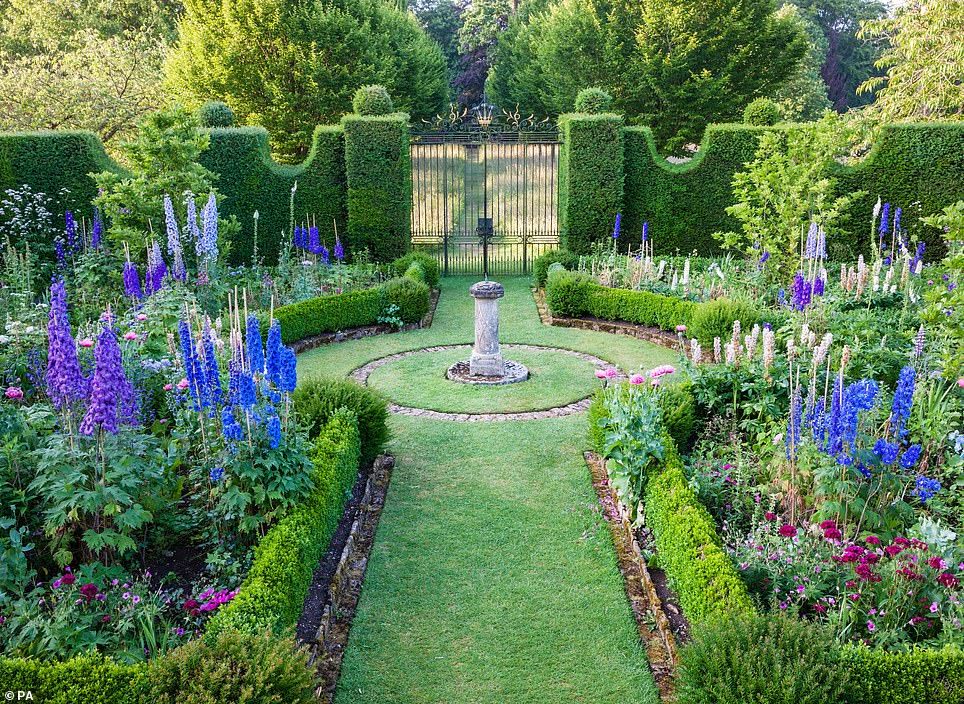
‘The Flower Carpet roses come in a variety of colors from dark red and bright pink to yellow and white,’ says Kirsten Coffen . ‘As ground cover, they combine beautifully with pale-blue catmints (Nepeta), which offset the hot flower colors. I like to use such roses to create a punch of color near a walkway or entrance space.’
5. Grow a rose garden over a seating area
(Image credit: David Austin)
Repeat flowering and with beautiful fragrances, roses are a brilliant choice of flower for growing near a seating area. Try training a rambling rose, such as this Phyllis Bide variety by David Austin Roses , across an arch over a bench for a pretty garden retreat. A repeat flowerer with a medium, sweet scent and sprays of small, pale apricot-pink flowers, Phyllis Bide brings a romantic feel to the garden summer long.
(Image credit: RHS Rosemoor)
Take a more informal approach to growing roses and include them as part of a mixed border of shrubs and herbaceous perennials to bring color and height.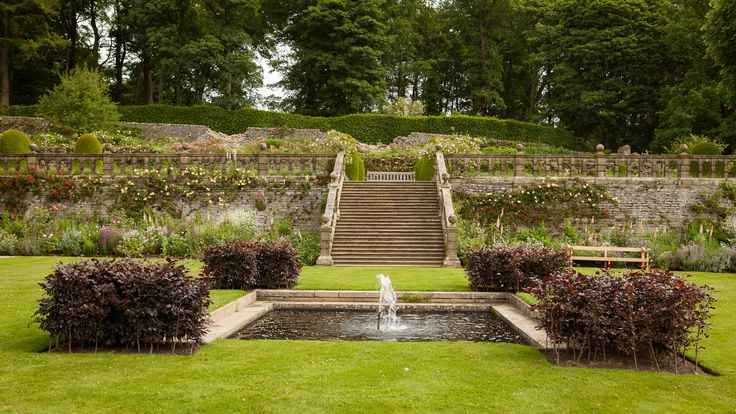 Planting them alongside plants such as Achillea Mollis and Sea Holly will create a romantic cottage garden feel as these borders at The Cottage Garden at RHS Rosemoor prove.
Planting them alongside plants such as Achillea Mollis and Sea Holly will create a romantic cottage garden feel as these borders at The Cottage Garden at RHS Rosemoor prove.
7. Plant roses in color blocks for impact
(Image credit: RHS Rosemoor / Jason Ingram)
Planting multiple roses of the same variety is often seen in formal rose gardens and can look truly show-stopping. If doing this be sure to plant in odd numbers. If you're looking for inspiration, The Queen Mother’s Rose Garden at RHS Rosemoor has a fantastic array of modern rose types including Hybrid tea (large-flowered), floribunda (cluster-flowered) and shrub roses.
8. Line a path with rose arches
(Image credit: National Trust Images / Marianne Majerus)
Training climbing roses over pergolas and arches along an avenue or pathway can make moving through a garden truly magical, as this image from the walled rose garden at National Trust Mottisfont proves, featuring arches covered in Rose Adelaide d'Orleans.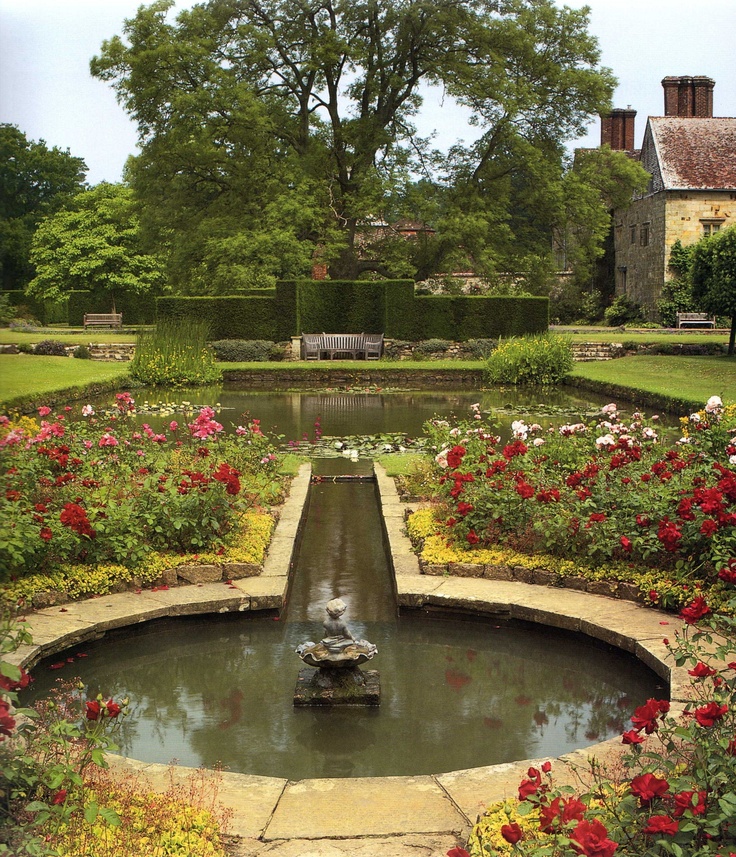 Other climbing roses perfect for growing up an arch include The Generous Gardener, Malvern Hills and Constance Spry – unrivalled for scent. If you’re looking for rose garden inspiration be sure to visit National Trust Mottisfont, home to the National Collection of pre-1900 old-fashioned roses.
Other climbing roses perfect for growing up an arch include The Generous Gardener, Malvern Hills and Constance Spry – unrivalled for scent. If you’re looking for rose garden inspiration be sure to visit National Trust Mottisfont, home to the National Collection of pre-1900 old-fashioned roses.
9. Pair roses with lavender for a cottage garden feel
(Image credit: David Austin Roses)
Planting shrub roses with lavender is a classic combination which will guarantee a relaxed cottage feel and will bring color and fragrance throughout the summer. According to the rose experts at David Austin Roses , simple combinations cannot be underestimated; try planting its Boscobel rose with English lavender for a show-stopping and easy-to-maintain display.
10. Use rambling roses to soften garden walls and structures
(Image credit: David Austin)
Climbing and rambling roses are a brilliant way to bring height and colour to a garden and are particularly useful if you’re looking to obscure unsightly structures.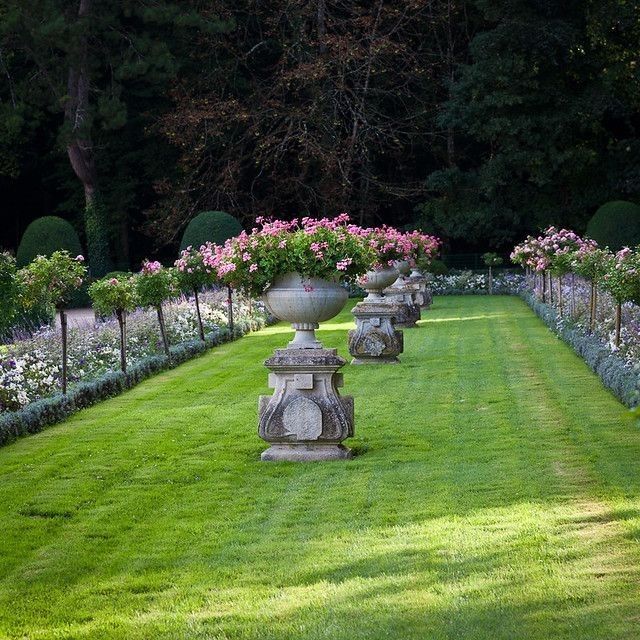 A classic rambler, David Austin’s Phyllis Bide, is a repeat flowerer that can grow up to 4.5 metres tall making it brilliant for this purpose.
A classic rambler, David Austin’s Phyllis Bide, is a repeat flowerer that can grow up to 4.5 metres tall making it brilliant for this purpose.
- See: How to take rose cuttings – tips for propagating roses
11. Grow a rose garden around a doorway
(Image credit: Future / Britt Willoughby)
Growing a rose around a doorway can really make a feature of an entranceway. If growing a rose around a doorway, seating area, place where people pass or children play, then consider a variety with few thorns such as Mortimer Sackler or The Shepherdess.
12. Brighten up patios with potted roses
(Image credit: David Austin Roses)
If space is at a premium then roses can easily be grown in containers to bring scent and color to a patio. Good roses for growing in pots include Harlow Carr, Princess Alexandra of Kent, Desdemona and Vanessa Bell, all available from David Austin Roses .
Raised garden bed ideas are another great way to incorporate roses into a more structured scheme.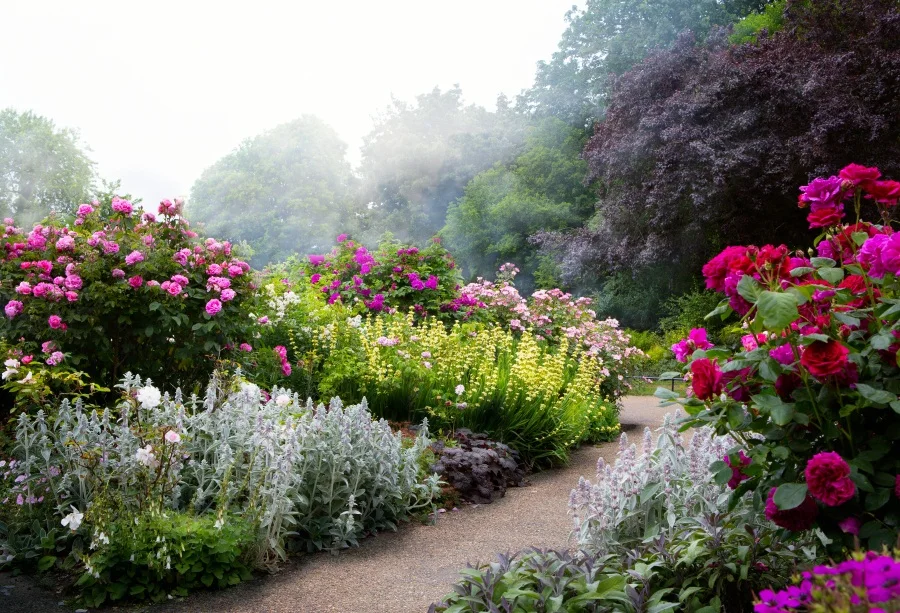
13. Grow a rose over an obelisk to give height to borders
(Image credit: Leigh Clapp)
Growing a climbing rose up an obelisk is a brilliant way to bring height to mixed borders. Loved for its strong, Old Rose scent, Gertrude Jekyll is a brilliant choice for an obelisk which will bring beautiful fragrance and quintessential elegance to any garden.
14. Create a focal point with a rose-covered pergola
(Image credit: National Trust Images / Johnathan Buckley )
Growing a climbing or rambling rose over a perogla or gazebo can make a spectacular focal point in a garden. With their cascading, clusters of blooms and whimsical 'rambling' nature ramblers are a great choice for this, including varietes such as Rosa mulliganii, one of the biggest rose varieties, pictured here at Sissinghurst Castle Garden in the care of the National Trust.
How do you start a rose garden?
Prepare your path
The best soil for planting roses should be free-draining, slightly acid and medium in texture – neither sandy nor clayey.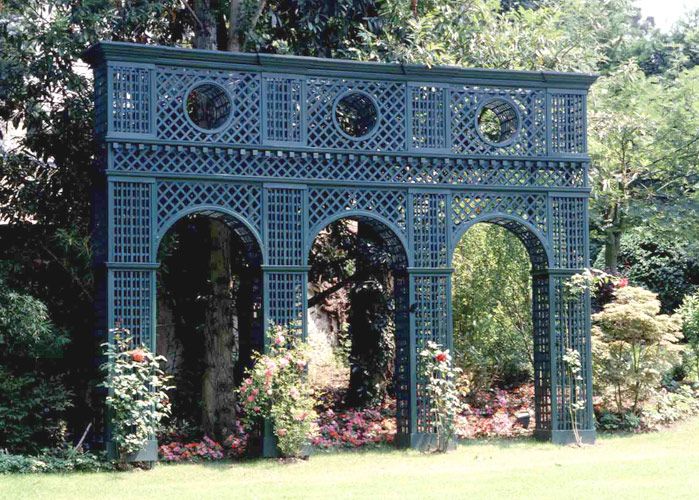 If your soil type differs from this, you can improve it by digging in lots of organic material – a few minutes of extra effort at this stage can lead to a healthy plant that gives you years of pleasure.
If your soil type differs from this, you can improve it by digging in lots of organic material – a few minutes of extra effort at this stage can lead to a healthy plant that gives you years of pleasure.
Start them well
It’s not advisable to plant new bushes where other roses have grown in the last three years, as this will greatly increase the risk of ‘rose sickness'. This occurs when fungi that grew around the roots and soil of the old plant start to attack the new one. The addition of around 30g of mycorrhizal fungi per rose bush is particularly helpful in poorer soil conditions or when roses are planted in areas where roses have previously been grown.
Choose the right rose
Bush roses look great in island beds mixed with perennials, while miniature varieties make excellent edging plants in front of the taller varieties. Shrub roses on the other hand, planted singly, can make excellent specimen plants, and you can also try clustering shrub varieties to make a flowering hedge.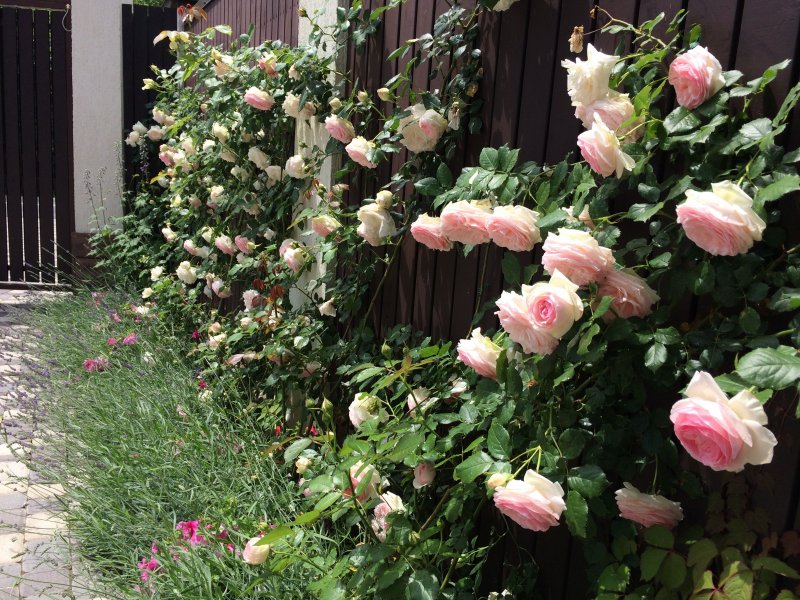 Smaller roses can be grown in pots.
Smaller roses can be grown in pots.
Care for your roses
Deadheading roses is an important part of caring for a rose garden; doing so regularly during flowering season will keep yours neat.
Which roses are best for wildlife?
Roses with single or semi-double flowers because their nectar and pollen are accessible to bees and hoverflies. The golden rule is: if you can’t see the yellow stamens, a rose is not wildlife-friendly.
Great examples include the charming blush-white Jacqueline du Pré and the cheering, striped rosa mundi ( R. gallica ‘Versicolor’ ), which work well in borders. Garden designers increasingly use such single and semi-double varieties to create a contemporary, naturalistic look.
‘For wildlife, I suggest Comte de Champagne with almost single, soft-creamy-yellow flowers of medium size,’ says Michael Marriott . ‘They have many golden-yellow stamens in the center making them very attractive to wildlife. If not deadheaded, they will set a lovely crop of hips.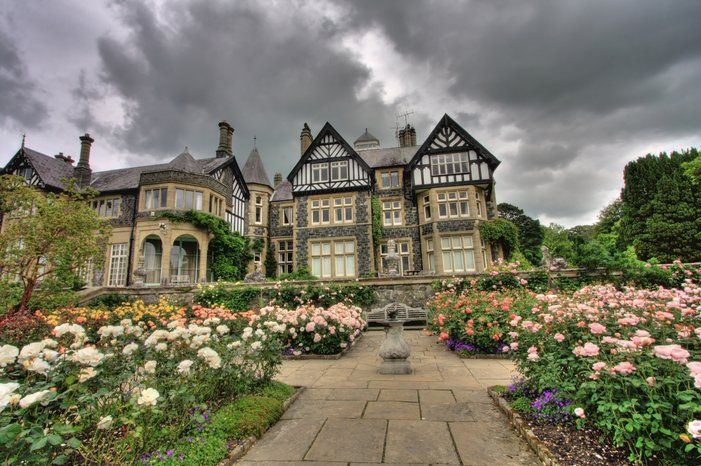 ’
’
Other great shrub roses that provide hips to feed birds during fall include ‘Scabrosa’ , which has fruit that resembles cherry tomatoes, and ’Geranium’ , which is hung with incredible flagon-shaped scarlet hips in the fall. Many ramblers (such as ‘Francis E. Lester’ ) are also excellent for hips. But not all roses produce hips, so check with your supplier.
for naturalistic and formal schemes |
Rose garden design has been popular for centuries and roses have an enduring prominence in our gardens, putting on a show-stopping flowering display and prized for their rich variety of colors, blooms, scents and forms.
But while rose garden ideas are often associated with more traditional garden design, either in more formal, classical settings, or as part of a quintessential cottage garden or traditional herbaceous border, they work just as well in a contemporary, naturalistic scheme.
(Image credit: Michael Mariott)
'When deciding on the layout of a rose garden design, consider how formal or informal you want it to be, as this will dictate the type of roses planted and the design,' explains Michael Marriott , world leading rosarian and rose garden designer.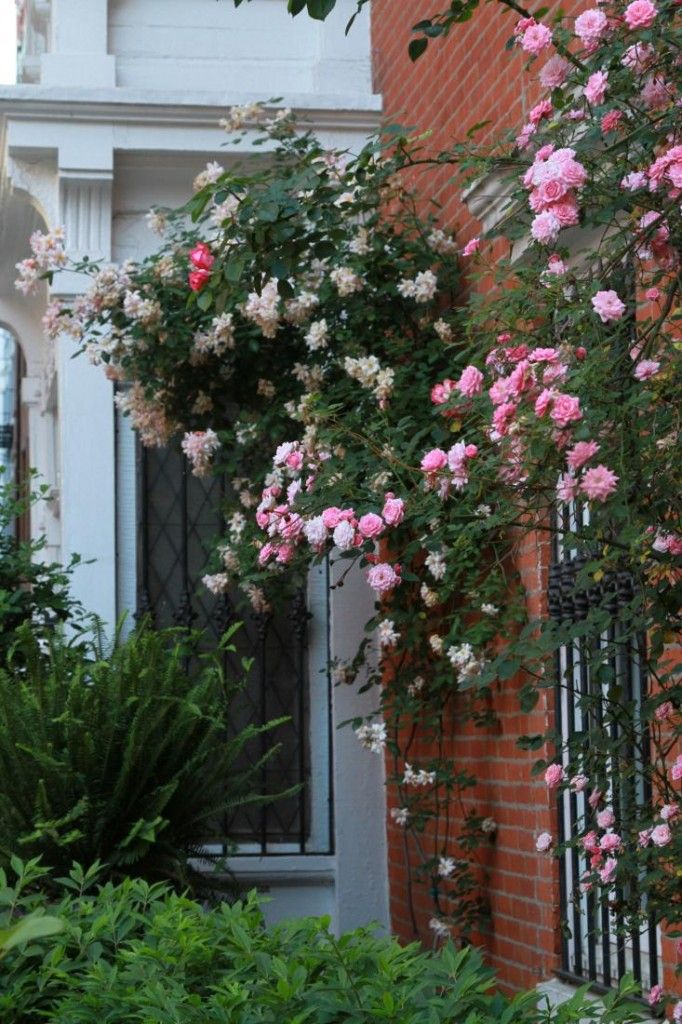
Some people can feel intimidated by the thought of growing roses – but don't be. 'Roses are simply flowering shrubs and that’s how you should use, and treat them,' explains rose consultant and designer Paul Zimmerman .
The style of the rose garden design or area should take its cue from the overall garden design and the proximity to the house. You should also consider the conditions in your garden or the chosen spot to ensure you plant roses where they will have the best chance of success.
'Areas close to the house tend to be more architectural, so you could plan a more formal, traditional arrangement, surrounded by low hedging, such as if you were designing a parterre garden.
'In a contemporary setting the pattern could be asymmetric, extending the lines of a terrace or paved area that in turn links with the house,' advises garden designer David Stevens .
'Many roses are also tough, resilient and wild at heart, and can offer longer seasonal interest, making them well-suited to contemporary, naturalistic planting design and relatively low maintenance planting,' explains award-winning garden designer Colm Joseph .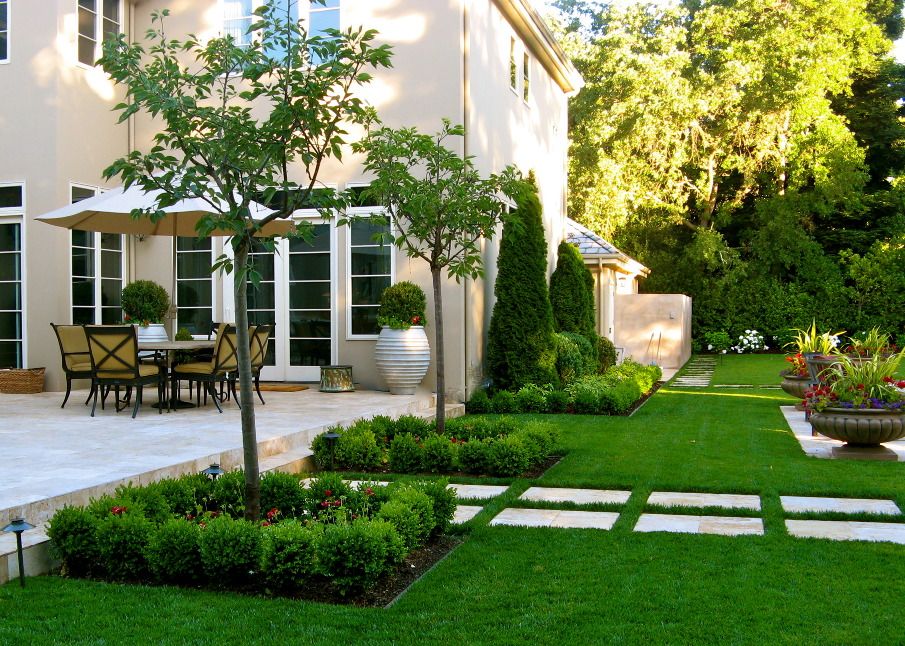
(Image credit: Jo Thompson Garden Design/ Rachel Warne)
How do you layout a rose garden?
When it comes to how to layout a rose garden, 'the more you are surrounded on every level by roses, including climbing roses and ramblers on walls and overhead, plus shrubs, tree roses – or standards – and weeping standards at ground level, the more you can achieve an atmosphere of romance and elegance,’ advises designer Jo Thompson .
'A formal rose garden design may comprise a number of carefully laid out beds in a symmetrical pattern and will require more neat and upright roses, such as the Hybrid Teas, Floribundas and some of the English Roses,' advises Michael Marriott.
'An informal rose garden design may be just one or more informally shaped beds, filled with more shrub type varieties like many of the old roses, hybrid musks and English Roses. The extreme of the latter would be species or species type roses planted in a meadow,’ Michael adds.
(Image credit: Richard Miers Garden Design/ Martin Pope)
As a practical point, don't make the flower bed ideas too wide.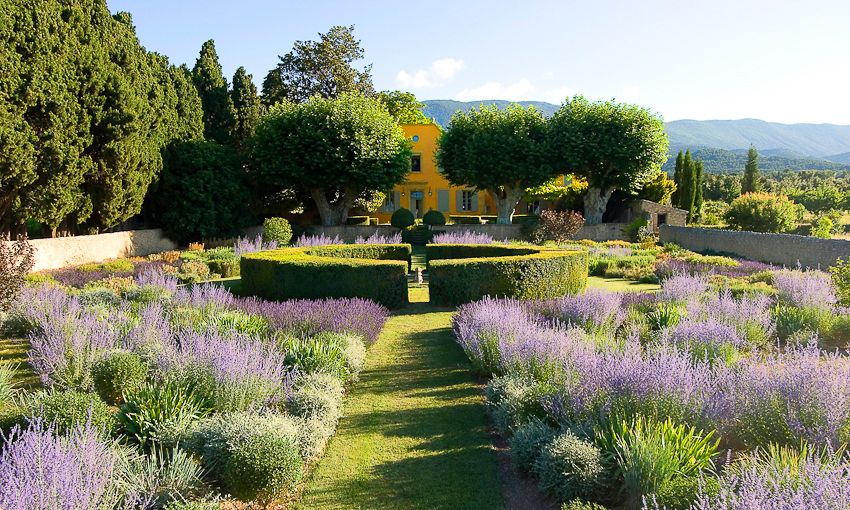 'You want to be able to get close to the roses to admire and smell them without trampling the underplanting. Leave space for maintenance and access,' says designer Richard Miers .
'You want to be able to get close to the roses to admire and smell them without trampling the underplanting. Leave space for maintenance and access,' says designer Richard Miers .
'There are roses that will suit every garden aspect, but south, east, west are best to give you the most choice of variety. Ideally you want to be able to see the roses from the house, so planting them not too far away is a good idea,' Richard adds.
(Image credit: Colm Joseph/ Britt Willoughby Dyer)
'To create a more naturalistic and contemporary rose garden design, plant roses in among a selection of ornamental grasses and perennials, where the goal is to let the roses intermingle with the other plants,' explains designer Colm Joseph.
He offers the following tips for incorporating roses into naturalistic planting designs:
- When choosing your roses, go for those with simpler, open flowers that are closer to the wild or hedgerow roses rather than anything too blousy or ornamental.
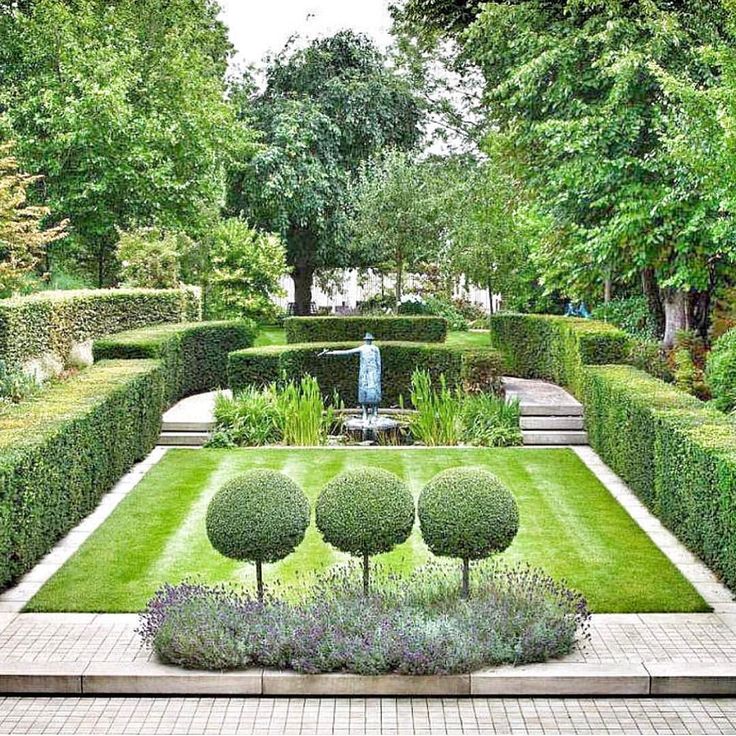 Or consider using wild or ‘species’ roses, such as Rosa virginiana or Rosa glauca, which are often very tough and disease resistant. Although these wild roses usually only flower once in early summer, they produce beautiful hips for fall and winter interest.
Or consider using wild or ‘species’ roses, such as Rosa virginiana or Rosa glauca, which are often very tough and disease resistant. Although these wild roses usually only flower once in early summer, they produce beautiful hips for fall and winter interest. - In terms of color, go for a more natural and simple palette - so whites, soft pinks and purples rather than anything too bright or strongly colored.
- Choose roses that produce hips as a great way to extend seasonal interest, reduce maintenance and embrace a more naturalistic look. Don’t spend time deadheading roses, just let the flowers fade naturally so you can enjoy those beautiful hips later in the year.
- When choosing perennials and grasses to go alongside the roses, select plants that offer long structural presence or flowering interest from spring into winter, avoiding anything that is likely to die back in mid-summer or flop over in early fall. Grasses like Sesleria autumnalis, smaller miscanthus varieties, like ‘Kleine Silberspinne’, Calamagrostis brachytricha or Calamagrostis x acutiflora ‘Karl Foerster’ can all work well with roses.
 Perennials like Salvia nemorosa ‘Amethyst’, Aster ‘Little Carlow’, or Betonica officinalis ‘Hummelo’ are also good companion plants.
Perennials like Salvia nemorosa ‘Amethyst’, Aster ‘Little Carlow’, or Betonica officinalis ‘Hummelo’ are also good companion plants. - There are many smaller, modern rambling roses that work beautifully in naturalistic planting schemes. To keep things looking more natural and to reduce your maintenance, don’t support these rambling roses on trellises – just let their stems arch and mingle with the adjacent grasses and perennials. These modern rambling roses can also be cut back quite hard each year, in much the same way as the perennials and grasses, making annual maintenance relatively easy.
(Image credit: Colm Joseph/ Britt Willoughby Dyer)
What rose varieties can you include?
'One of the great joys of roses, is that they are almost endlessly variable, from tiny little plants 12" tall, to great monsters growing 40ft plus up trees, and from tiny flowers less than an inch across to ones that are 7-8" across and from 5 petals to 200,' explains Michael Marriott.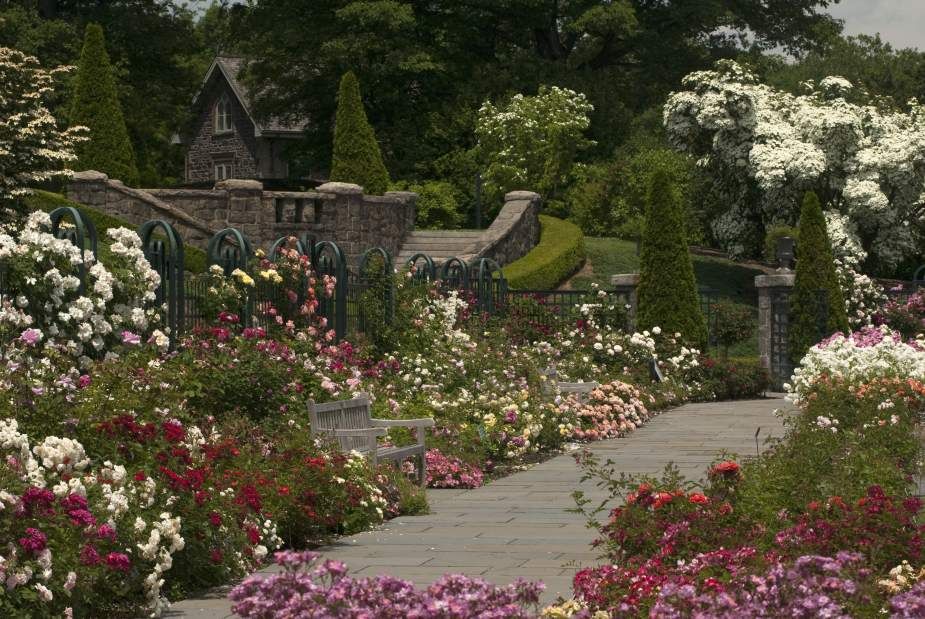
'They include every color except blue, some are bicoloured and there is a wide range of scents, so include a real variety in your rose garden design,' he adds.
As with all plants, you should choose the rose varieties to suit the space they are going to occupy, and the surroundings.
(Image credit: Colm Joseph/ Britt Willoughby Dyer)
'Most people want any plant to provide interest over as long a period as possible and roses such as floribundas, Hybrid Teas and climbers can flower from as early as April or May right the way through to Christmas,' explains David Stevens. He lists some of his favorites:
- Patio roses are small and ideal for a compact design. Rosa 'Pretty Polly' is a lovely pink, while delightful 'Bella Rosa' is lemon with suffused pink edges.
- With floribundas you are spoilt for choice – try the simply gorgeous red 'Balmoral'.
- Hybrid Tea roses tend to have larger blooms and are taller plants.
- Climbing roses usually repeat flower throughout the season, while ramblers tend to produce a spectacular but single flowering time.
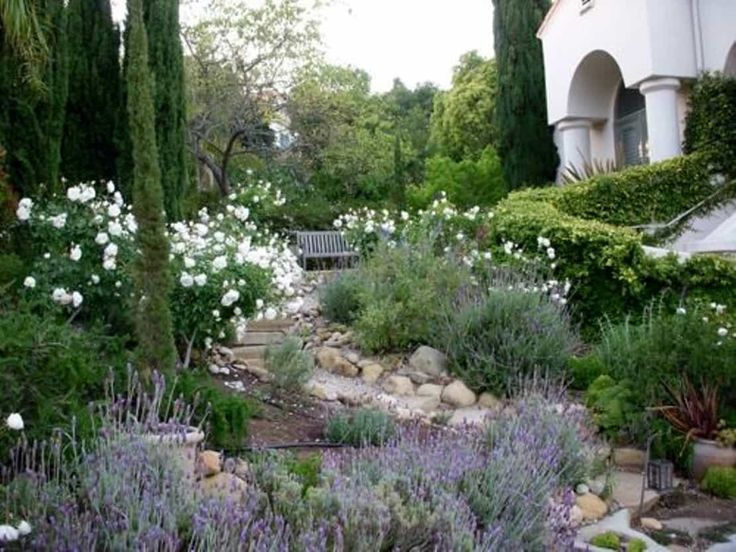
(Image credit: Mark Bolton)
Most roses repeat flower but in a larger scheme, especially, it is well worth including some once flowering old roses as they can add a different type of character.
'It is good to have variation in height in a border. In a formal garden this could be achieved by using tree roses, or standards, and climbers on various supports, such as obelisks, pillars, arches or pergolas. In an informal setting there many tall varieties that could be used at the back of the border ,' explains Michael Marriott.
(Image credit: Howard Walker)
Can you mix rose colors?
Roses are often organised by color in more formal rose garden designs, which has greater impact, but in a more informal, or naturalistic planting design you can experiment more.
'Most roses will mix well together, with the exception of the Hybrid Teas that tend to have rather strong, hard colors and very upright growth that doesn't sit well with the older roses and English Roses,' explains Michael Marriott.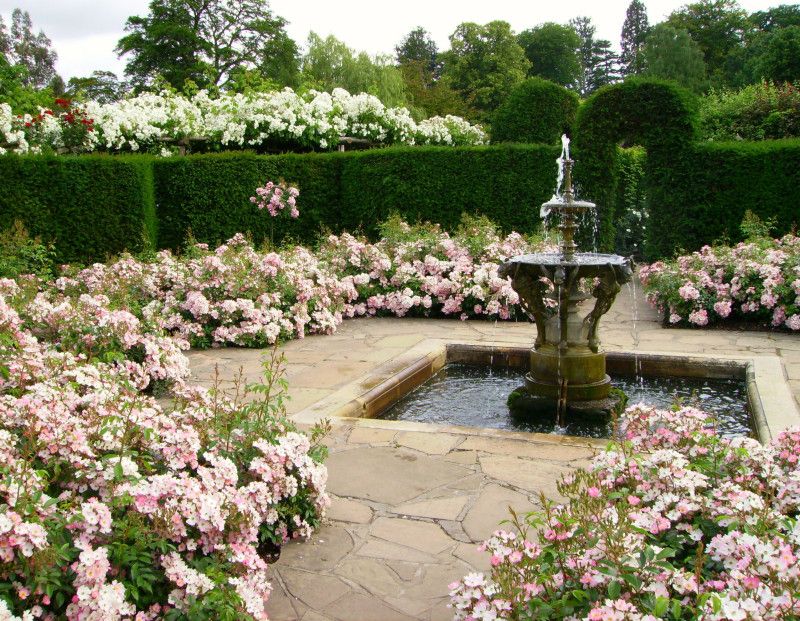
You can choose a palette of one color, or a variety, but think about where the roses are located in the backyard.
‘'Hot' colors draw the eye and cool colors do the opposite, so if you have an area of vibrant red, orange or yellow roses at a distance down the garden it will draw the eye and foreshorten the visual space. Instead, use cool pastel colors, and keep the brighter ones close to the house,’ advises David Stevens.
‘Color choices are key. If you’re going for an all pink palette, for example, make sure that the tones and shades are in harmony,’ adds Jo Thompson.
(Image credit: Jody Stewart)
What goes well in a rose garden?
There are many good companion plants for roses that go well in a rose garden design.
Consider biennials and annuals as well as perennials to plant alongside roses.
‘The possibilities of companion plants are endless and the key thing is to let your imagination run wild and see what works.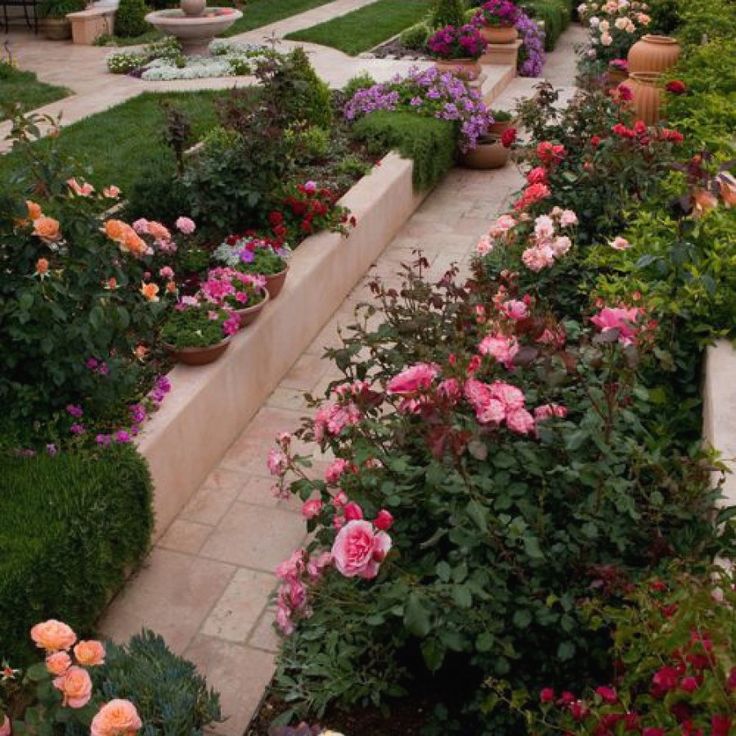 Some companions that I find work include clematis, astrantia, salvias and asters,’ explains designer Richard Miers.
Some companions that I find work include clematis, astrantia, salvias and asters,’ explains designer Richard Miers.
‘Think what you are planting behind the roses, so that it acts as a foil, helping the flowers really stand out. Yew does this really well in a large garden, roses and box are a classic English garden combination, and lavender also works well,’ adds designer Claire Merriman .
Jo Thompson adds hardy geranium, Alchemilla mollis, and alliums to the list of good companion plants.
(Image credit: Clive Nichols)
Do roses need sun or shade?
'Roses generally want sun for at least half of the day. While some varieties are more tolerant of shade than others, generally the more sun will mean more flowers. Shelter is also quite important for many varieties,' explains Claire Merriman.
In warmer climates shade from the afternoon sun may well be beneficial.
(Image credit: Leigh Clapp)
What should you not plant around roses?
You should not plant trees or big hedges or shrubs around roses.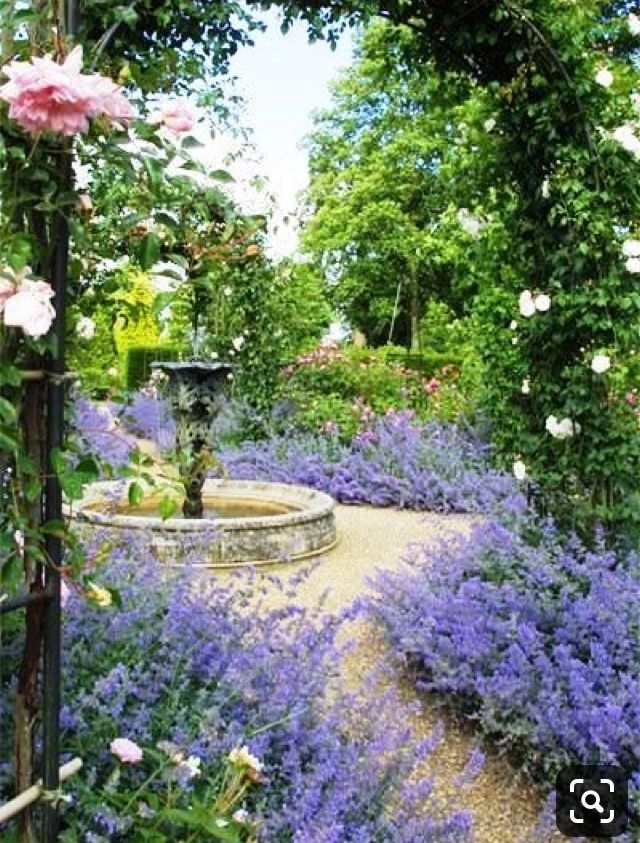
'They generally don't like growing under trees which is as much to do with lack of sun as competition at the roots, and in general too much competition at the root level from say a big hedge is to be avoided,' explains Michale Marriott.
'Also avoid any plants that are too invasive, which might encroach around the base of the rose and starve it of water and nutrients,' he adds.
Rosaries of the world - the history of the origin of rosaries from kamelia-gardens.ru
The history of the rosary
It is difficult to say when people first paid attention to a wild rose and began to cultivate it for their own purposes. It is assumed that this happened about 5,000 years ago in the East. In Persia, Egypt, China, India and Cyprus, temples were decorated with rose flowers, and expensive rose oil was prepared from the petals.
From the East, the rose came to Greece, and then to Rome. It was the Romans who were able to appreciate the beauty of this plant. His flowers were in every rich house.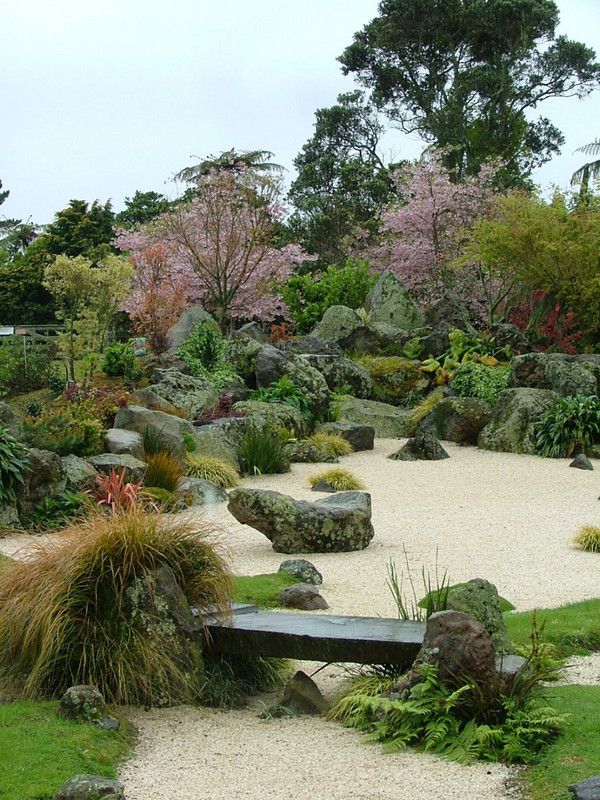 Lush bouquets decorated rooms during ceremonial receptions and holidays, wreaths for warriors were woven from flowers, petals were added to desserts, wine, oil and rose water were prepared from them.
Lush bouquets decorated rooms during ceremonial receptions and holidays, wreaths for warriors were woven from flowers, petals were added to desserts, wine, oil and rose water were prepared from them.
To satisfy the demands of aristocrats, the rose was grown in local gardens, and during cold weather the heat-loving plant was transferred to greenhouses. But despite the best efforts of gardeners, the demand for beautiful plants was too great. I had to carry roses on ships from Egypt. And they cost truly fabulous money.
After the collapse of the Roman Empire, the rose was forgotten for some time and remembered much later. So we'll fast-forward a few centuries.
In the Middle Ages, roses were grown in France and England. New varieties appeared: Gallic, French, white and centifolia roses. Beautiful bushes adorned the gardens laid out at the abbeys and rich estates.
But until the 18th century, it never occurred to anyone to specially collect roses or create gardens consisting exclusively of these plants.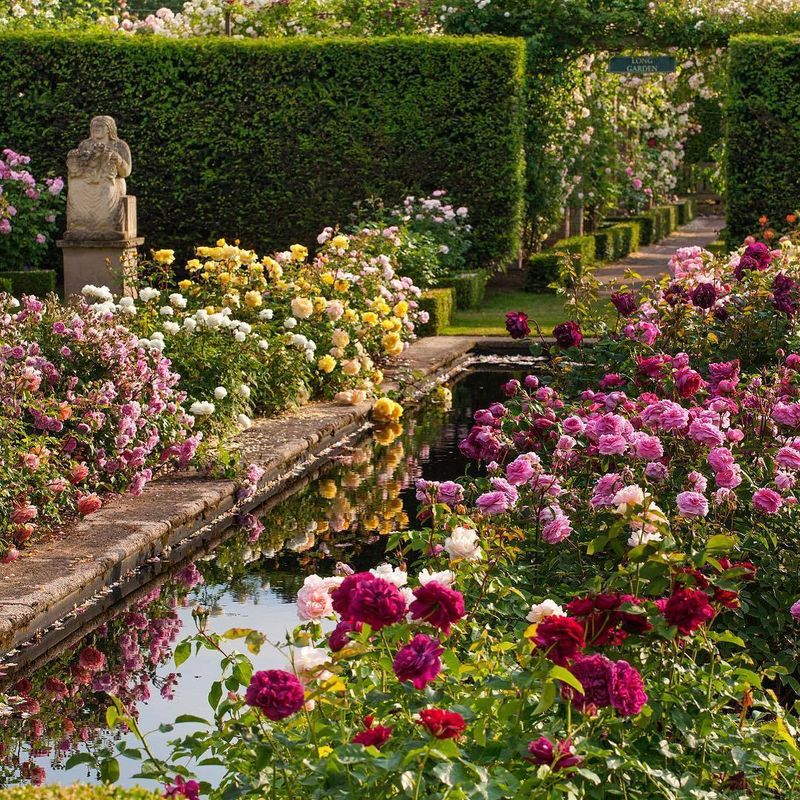 This idea first arose from Josephine Beauharnais, the wife of the French Emperor Napoleon Bonaparte. Her unique collection of roses was at that time the largest in the world and consisted of 250 varieties. Trying to satisfy the whims of his wife, Napoleon brought rose seedlings from all over the world. So, in Malmaison, the private residence of the imperial couple, the first luxurious rose garden appeared. It was beautiful, and roses from France, England, America and the East grew in it.
This idea first arose from Josephine Beauharnais, the wife of the French Emperor Napoleon Bonaparte. Her unique collection of roses was at that time the largest in the world and consisted of 250 varieties. Trying to satisfy the whims of his wife, Napoleon brought rose seedlings from all over the world. So, in Malmaison, the private residence of the imperial couple, the first luxurious rose garden appeared. It was beautiful, and roses from France, England, America and the East grew in it.
The passion for roses quickly became a popular pastime among French bohemians. Rosaries adorned the parks and gardens of every wealthy estate. In an attempt to get the rarest and most beautiful varieties, aristocrats began to order roses from the East. So-called tea roses were brought from China - beautiful, refined with a delicate aroma. From Japan - multi-flowered roses, from which many modern climbing varieties and all floribunda originate.
Gradually, the fashion for the rose garden moved to other European countries.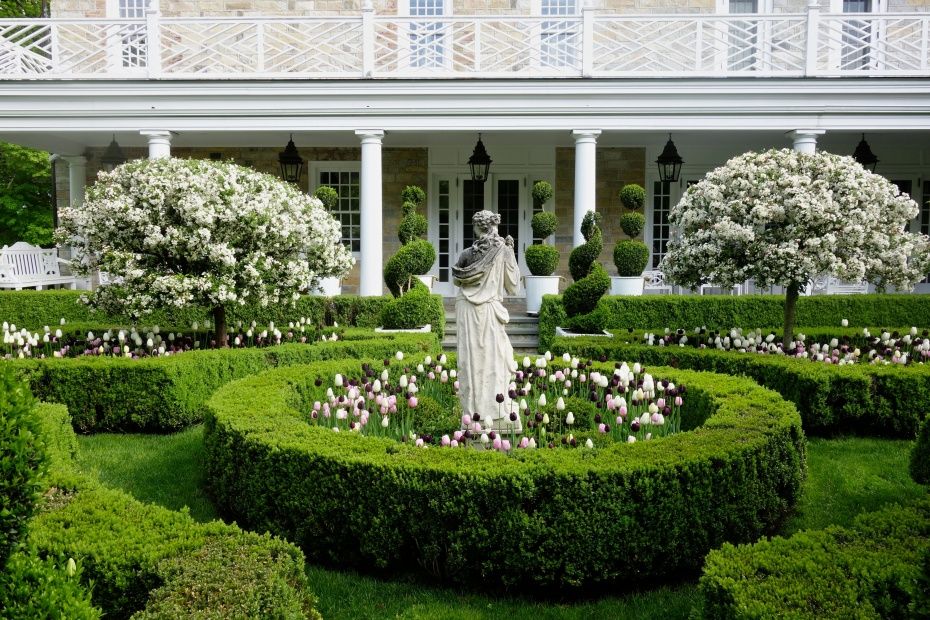 Public and private rosaries appeared in Germany, England, Holland, Italy and Spain. Local gardeners were engaged not only in the cultivation of existing varieties, but also actively experimented, bringing out more and more new varieties and types of roses. So, in the period from the 19th to the 20th century, hybrid tea, miniature, climbing roses, hybrids of old varieties and floribunda appeared.
Public and private rosaries appeared in Germany, England, Holland, Italy and Spain. Local gardeners were engaged not only in the cultivation of existing varieties, but also actively experimented, bringing out more and more new varieties and types of roses. So, in the period from the 19th to the 20th century, hybrid tea, miniature, climbing roses, hybrids of old varieties and floribunda appeared.
If we talk about the history of roses in Russia, then in our country they first met with a rose during the reign of Mikhail Fedorovich. But it became popular much later, when Catherine II came to power. It was at this time that many European varieties were brought into the country and luxurious rose gardens began to appear in the gardens of the local nobility and at monasteries.
6 most famous and unusual rose gardens in the world
Bagatelle, France
The Bagatelle rose garden is located in the most famous park in France, in the Bois de Boulogne. When at 19In 05, the estate with a small castle Bagatelle passed into the possession of the city, the authorities decided to break a classic rose garden in its very center.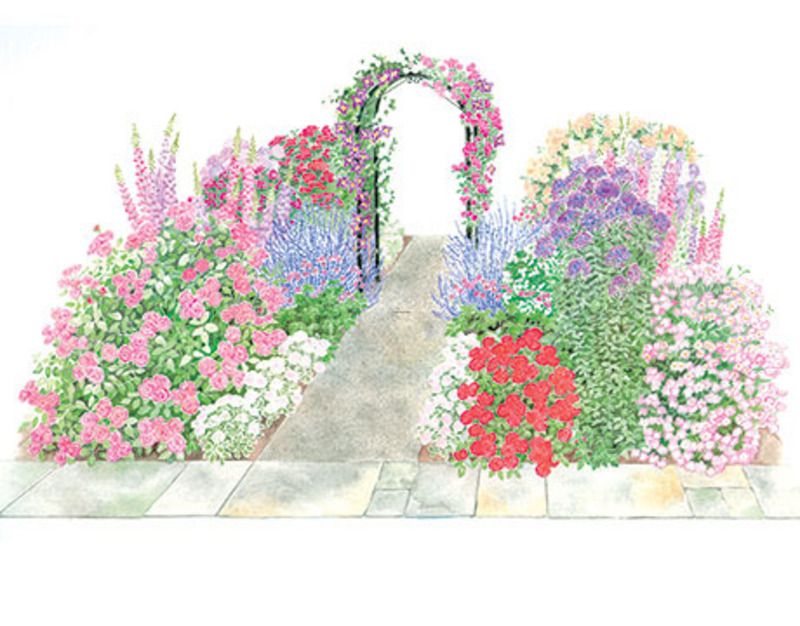 Since then, the layout of the rose garden has not changed much.
Since then, the layout of the rose garden has not changed much.
Hundreds of roses of a wide variety of types, varieties, sizes, shapes and shades are planted in neat rectangular flower beds with a green lawn. In addition to spray roses, there are climbing, standard and incredibly beautiful cascading roses. It is they, together with strict yews and diverse garden structures in the form of arbors, arches, pergolas and trellises, that create unusual height differences, making the look of the rose garden so lively and dynamic.
Bagatelle now has more than 9,000 rose bushes with thousands of different varieties. And it all started with just 1200 bushes. It was this number of roses that the famous French rose grower Jules Goverlot gave Bagatelle, selecting them from his own rich collection.
Rosary Coloma Castle, Belgium
This rose garden can be called fairly young. It was founded by the Flemish Society in 1995. Today, the collection of the rose garden includes more than 3,000 unique varieties of roses, which is almost 65,000 bushes.
The rose garden is done in a simple, classic French formal style. At the entrance, guests are greeted by a majestic group of luxurious standard roses of different shades. Entering inside, the visitor enters the world of regular geometric shapes, neatly paved paths and contrasting and rich color combinations. The flower beds are separated from each other by meticulously even yew hedges.
The heart of the rose garden is a huge selection of Belgian roses in a variety of shades, shapes and sizes. Climbing roses creep along various arches and pergolas, bringing a touch of romantic liveliness to this realm of perfect symmetry and balanced order. And, finally, the most picturesque and diverse part of the rose garden is the so-called "International Rose Garden". Roses from 25 countries are collected here, starting from France, England and the USA and ending with the Czech Republic, Israel and Japan.
Europa-Rosarium, Germany
The small town of Sangerhausen, located in northern Germany, has become a place of pilgrimage for thousands of tourists for just one simple reason.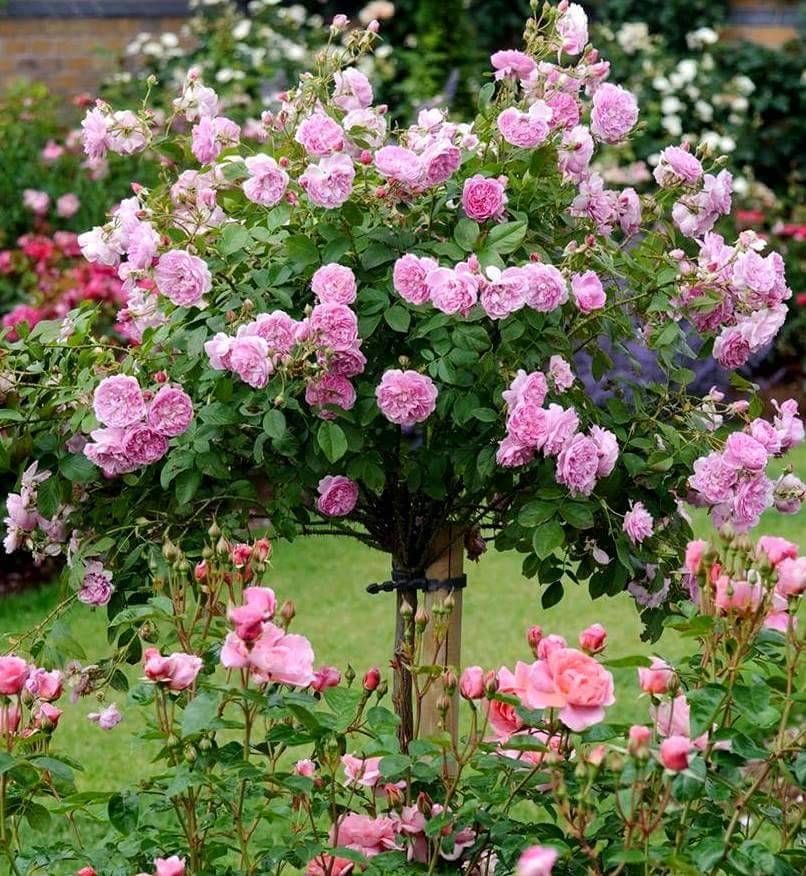 It is here that the world's largest rose garden is located, called "Europa-Rosarium".
It is here that the world's largest rose garden is located, called "Europa-Rosarium".
It was opened in 1903. During World War II, they decided to dig up the most beautiful rose garden of its era for garden plantings. And in the post-war years, he repeatedly found himself on the verge of closing due to lack of funding. Fortunately, the main botanical value of Germany has been preserved. Now he is beautiful again.
More than 75,000 rose bushes grow here. Walking along the well-groomed paths, immersed in the colorful and diverse "pink crowd", you can meet 8,300 local inhabitants. In fact, Europa-Rosarium is a real rose museum. Almost all varieties of roses known to mankind are collected here, ranging from wild and ancient varieties to modern ones. Almost a quarter of them live only in this place, you will not see them anywhere else in the world.
And the Europa-Rosarium is extraordinarily beautiful. Benches surrounded by romantic roses, arches and pergolas covered with a carpet of lush flowers, slender columns of standard roses, marble statues and fountains entwined with pink lace, neat flower beds framed by low green bushes.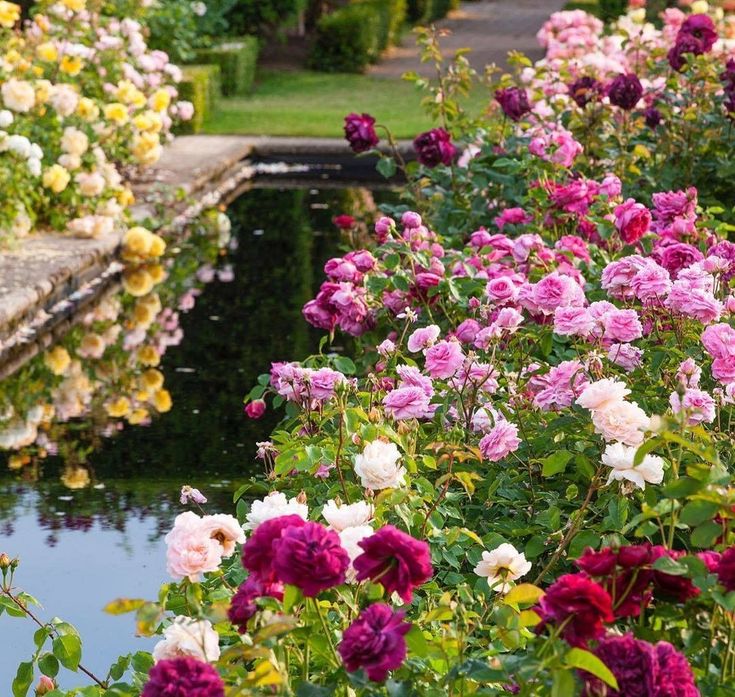 It makes you want to settle forever in this world of an ordered variety of shapes, colors and aromas.
It makes you want to settle forever in this world of an ordered variety of shapes, colors and aromas.
Keisei Rose Garden, Japan
If you suddenly find yourself in Chiba Prefecture while traveling around Japan, be sure to drop by the small modern city of Yachiyo. It is here that one of the most picturesque rose gardens in Japan, called the Keisei Rose Garden, is located.
This is a fairly old rose garden, whose history dates back to 1959. Now in the Keisei Rose Garden collection there are more than 1600 varieties of roses. The pearl of the collection is rare, invariably beautiful Japanese roses with their surprisingly elegant, chiseled flower shape and bewitchingly delicate, monochrome coloring. You will not see these roses anywhere else in the world.
The layout of the rose garden is very thoughtful and original. In the center is a traditional formal garden with colorful spray roses. A little further, surrounded by a swaying, juicy sea of blooming roses, there is a marble "Gazebo of Love" - an elegant gazebo of an elaborate, weightless design.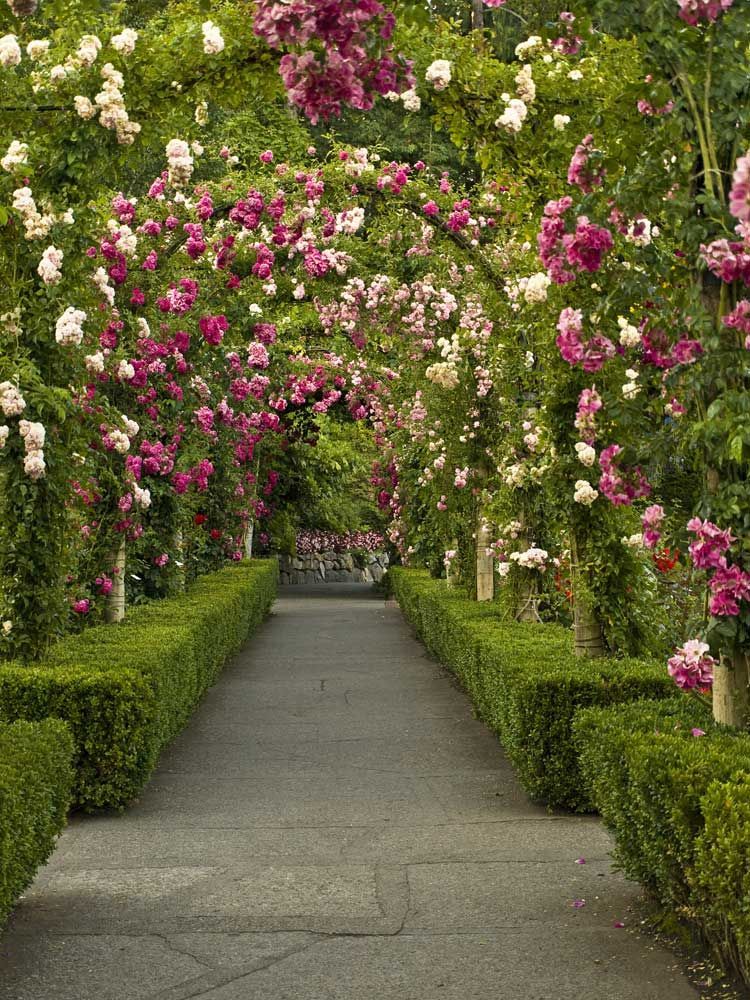 To the left of it stands a huge arch, completely twined with romantic pink flowers. Its appearance has remained unchanged for over 50 years.
To the left of it stands a huge arch, completely twined with romantic pink flowers. Its appearance has remained unchanged for over 50 years.
Another pride of the rose garden is a small garden dedicated to the famous hybridizer of Japanese roses, Seizo Suzuki. It is he from 19For 58 years he headed the local research institute, creating unique roses that were recognized all over the world.
Especially many visitors come to the rose garden from May to June and in October, when roses bloom especially brightly and luxuriously. If guests get tired of the overabundance of beauty, then many more rare pleasures are available to them. For example, there is a cozy bakery with homemade cakes, a confectionery selling unusual desserts made from rose petals. What is the famous pink ice cream worth! And a restaurant serving food from local products, and a shop where you can not leave without a nice souvenir made by local craftsmen.
Government Rose Garden, India
In the resort town of Uthakamand, on the slopes of Mount Doddabetta, there is the famous Indian State Botanical Garden with an area of 22 hectares.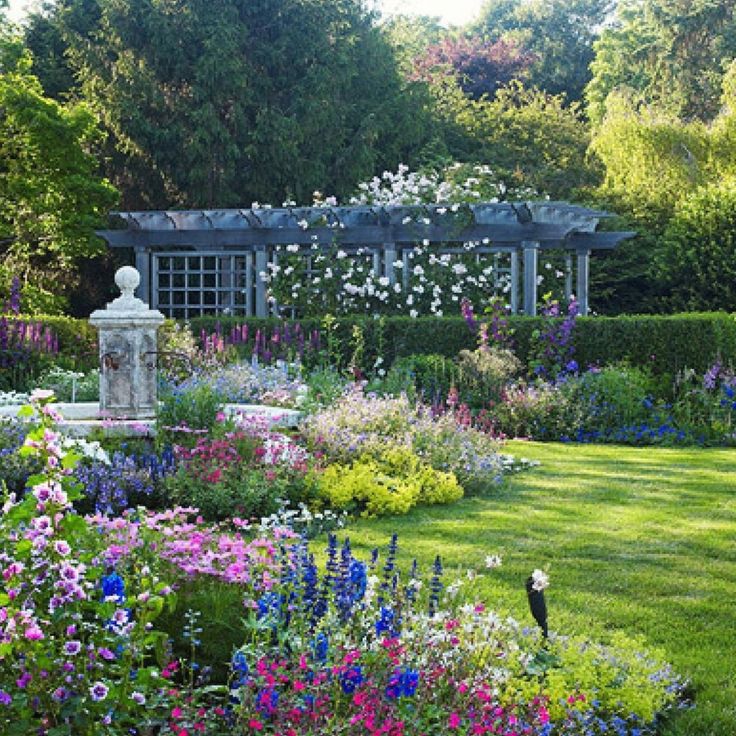 It was opened relatively recently, in 1995, in honor of the centenary of the Indian National Flower Festival. It is here, at an altitude of 2250 meters, that the largest rose garden in India is located. And perhaps the most unusual in the world. It's all about its unique layout.
It was opened relatively recently, in 1995, in honor of the centenary of the Indian National Flower Festival. It is here, at an altitude of 2250 meters, that the largest rose garden in India is located. And perhaps the most unusual in the world. It's all about its unique layout.
The rose garden is laid out on the slope of the mountain and is divided into 5 terraces of different sizes and design. To get to the very top, you will have to ride a lift or make a rather long and tiring hike up.
You and I will go on foot so as not to miss anything. Miniature roses grow on the first terrace. On the second - the most popular and beautiful varieties, which are grouped by shades. The formal rigor of this place is diluted with many romantic arches, beautiful tunnels, picturesque trellises, graceful arbors and cozy benches. The third terrace is made in a discreet and concise design. It is here that you can see a collection of 170 of the oldest varieties of roses that are known to mankind.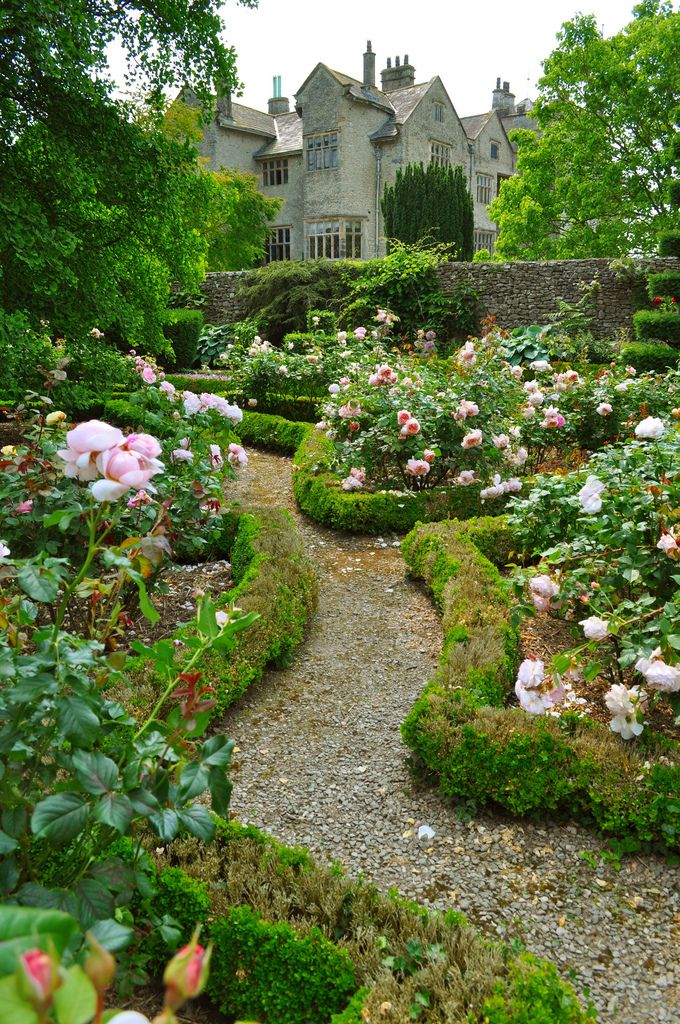 The fourth has a neat geometric shape. This is a place where lush and bright roses coexist with all kinds of fountains, ponds and small lakes. There is a lot of greenery and free space. And, finally, the most unpretentious varieties of roses grow on the fifth terrace, which have adapted to live in high altitude conditions.
The fourth has a neat geometric shape. This is a place where lush and bright roses coexist with all kinds of fountains, ponds and small lakes. There is a lot of greenery and free space. And, finally, the most unpretentious varieties of roses grow on the fifth terrace, which have adapted to live in high altitude conditions.
Victoria State Rose Garden, Australia
Want to visit a rose garden whose plan is in the shape of the Tudor rose, the traditional heraldic symbol of England? Then you definitely need to go to the Australian rose garden Victoria State Rose Garden. It's just brilliant, a rose garden that is made in the shape of a rose!
For example, a five-petal "flower" consists of numerous beds with hybrid teas and floribundas, neat paths with a clear pattern and five arbors that stand in the center of each "petal". One of the "leaves", which is designated as "Federation Leaf" in the plan, is inhabited by the most valuable varieties of the rose garden, those that were bred by Australian hybridizers.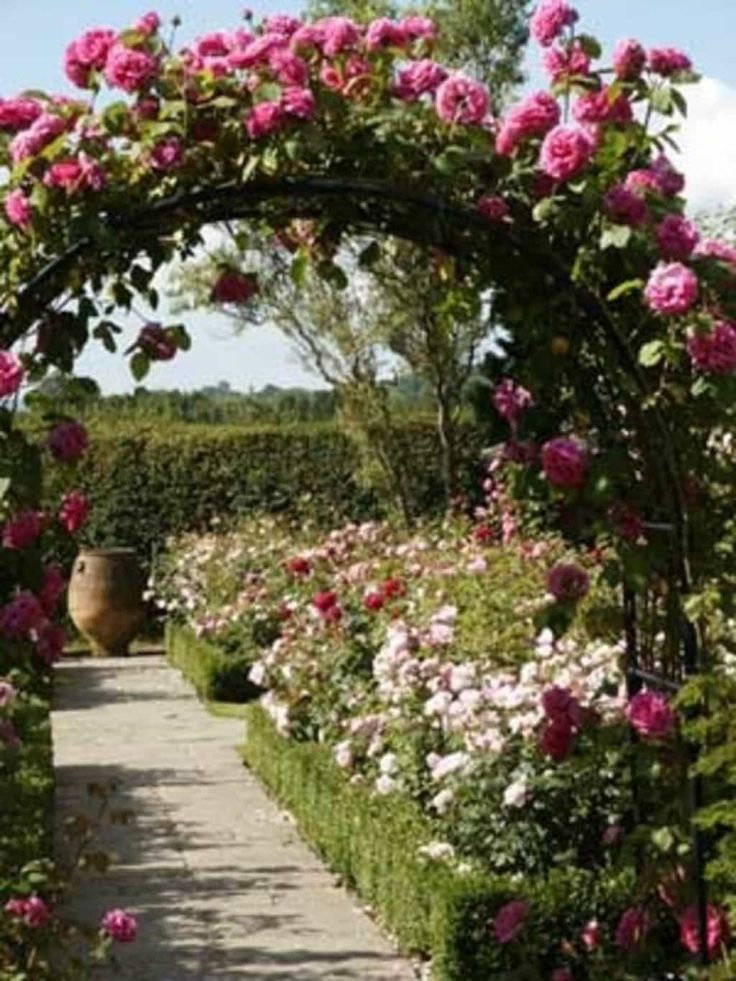 It is here that you can find roses of the most unusual shapes and fancy two-tone colors.
It is here that you can find roses of the most unusual shapes and fancy two-tone colors.
And on a special platform, which is shaped like a rose bud, there is a collection of roses by the famous English breeder David Austin. Really rare samples come across here, especially among climbing roses that wrap around graceful trellises and huge arches.
A total of 5,000 unique varieties of roses are presented in the rose garden. This is the largest pink collection on the mainland.
When traveling the world, be sure to visit at least one of these rosaries. In each of them you want to stay forever, lost in this realm of pristine beauty, delicate, intoxicating aromas, colorful and bright shades, perfection of lines and the most sincere enthusiastic emotions. So make changes to your travel itineraries. The most beautiful rose gardens in the world are waiting for you. As well as our nursery "The Garden of Your Dreams", which grows more than 1,500 rare and popular varieties of roses, bred by the best breeders in Europe, America, Japan and New Zealand.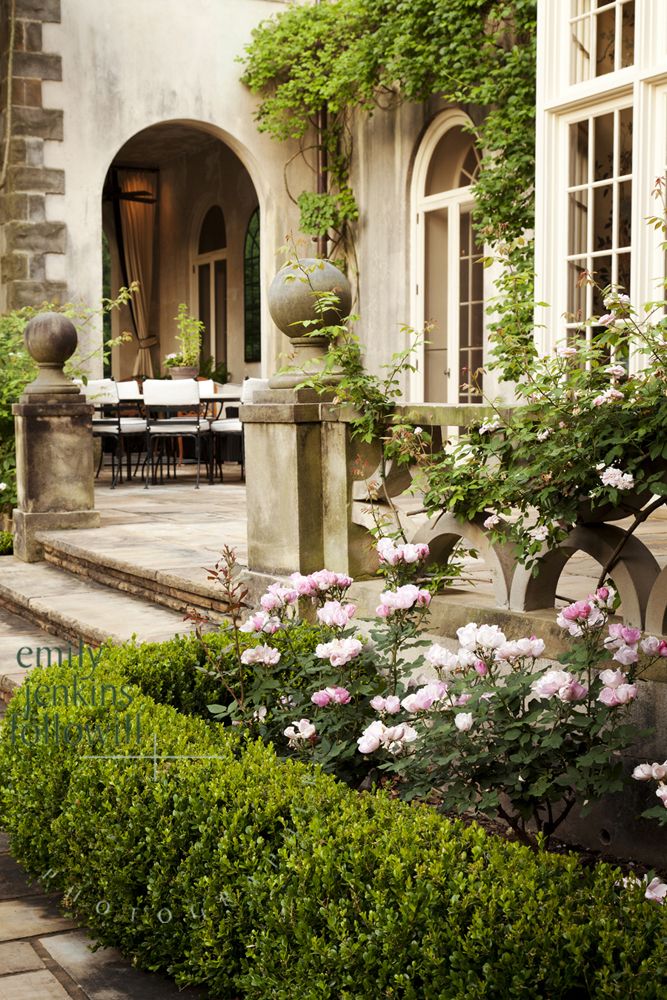
Genshin Impact - Rosary. Best Builds, Weapons, Artifacts - Igromania
Rosaria is a recently released character in Genshin Impact . A cold-blooded and taciturn nun, who wields a spear and a cryo element, earned the love of the players even as an NPC, and now we can finally put her to work. Rosaria can act both as a support and as a main damage dealer - of course, with proper pumping.
Strengths and weaknesses of the Rosary
Pros
- Decent area cryo damage with the ability to quickly create elemental reactions.
- Due to the passive skill "Sustaining Darkness", it increases the crit chance for the whole group after using Rosaria's ult by 15% of the crit chance of Rosaria herself. The effect lasts 10 seconds.
- Excellent combat dynamics as a main character;
- Slightly increases party movement speed during night time in-game.
Cons
- Elemental skill does not move Rosaria behind large opponents.
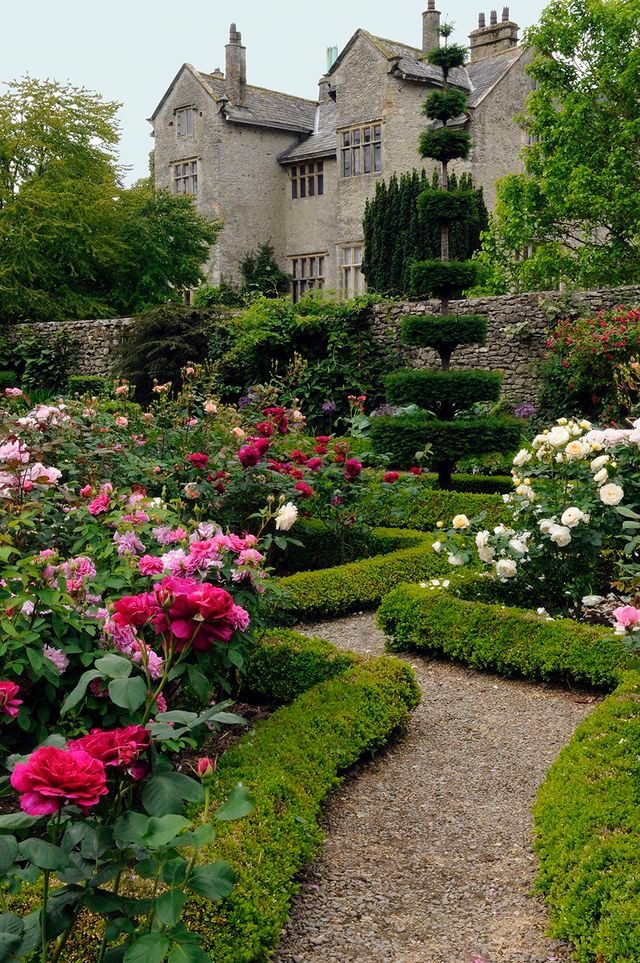
Rosaria's abilities
Let's immediately indicate that for the main damage dealer of Rosaria, we first of all swing the main attack, Spear of the Church , for the support - the explosion of the elements Rite of Death . But this does not mean that you should forget about pumping other skills.
Main Attack - Spear of the Church
The usual attack option is up to five sweeping blows with a spear. Charged attack is standard for all spearmen: lunge.
Elemental Skill - Executing Confession
Using Executing Confession teleports Rosaria behind the opponent's back, where she pierces him with her spear and deals Cryo damage with increased crit chance, but teleportation behind the back does not work with large enemies. The skill has a very fast cooldown, so it makes sense to switch to Rosaria more often if she is not the main damage dealer in order to burn her elemental skill and get another portion of energy.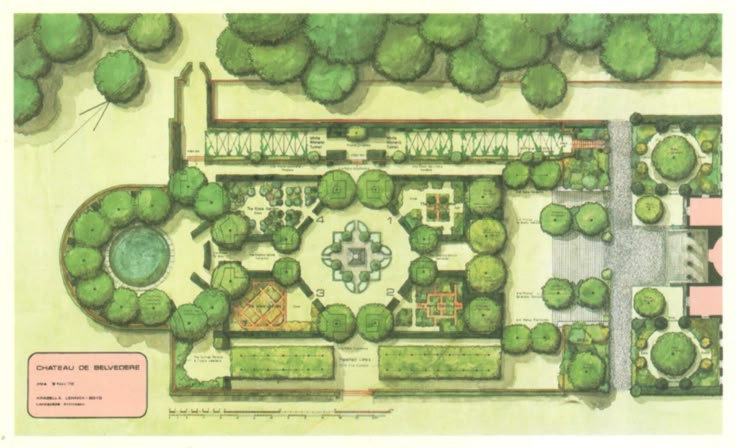
Elemental Explosion (ultimate) — Rite of Demise
Rosaria's ultimate deals Cryo damage twice: first, she swings her spear wide, and then plunges it into the ground. While remaining in the ground for 8 seconds, the spear inflicts Cryo damage to all enemies in range every 2 seconds. Rosary's elemental explosion can serve as a good reactor for Cryo's elemental elemental reaction with Electro: the Superconductor effect reduces enemies' resistance to physical damage and deals additional cold damage.
The best constellations for the Rosary
If you're willing to spend extra Source Stones to get constellations, Rosaria as a support will only need to collect the first two stars, increasing the duration of Elemental Burst by 4 seconds.
But for a full-fledged main damage dealer of Rosaria, it makes sense to open all six constellations, although this will cost a pretty penny. In addition, the sixth constellation will come in handy even if you later decide to move Rosaria to a support position: effect "Divine Judgment" will help any main damage dealer that is geared towards physical damage.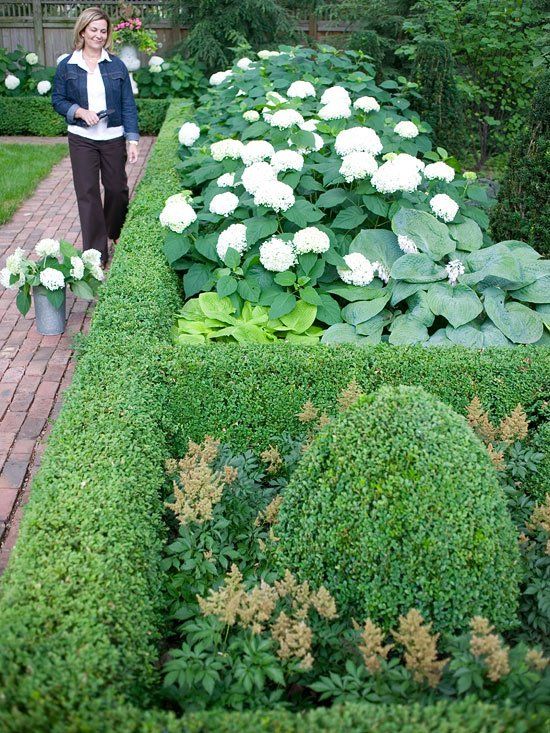
- Revelations of a sinner. Critical hits increase Rosaria's basic attack speed and damage by 10% for 4 seconds.
- Unfortunate land. Increases the duration of Ice Spear skill Rite of Demise by 4 sec.
- Sacrament of repentance. Increases skill level Executing Confession to 3. Max. lvl: 15.
- Holy torment. Crit. hits of the skill Executing Confession restore 5 points. energies of the Rosary. Can occur no more than 1 time per use of Executing Confession.
- Last prayer. Increases the skill level of Death Rite by 3. Max. lvl: 15.
- Divine judgment. Skill attacks Rite of death decrease physical. enemy resistance by 20% for 10 sec.
The best weapon for Rosaria
Golden weapon
Staff of Homa gives the maximum increase in Rosaria's damage, and this is useful for both the main damage dealer and the support. Spear increases crit. damage up to 66%, and this will allow you to collect a high crit. chance with artifacts. Homa's Staff increases survivability by increasing health by 40%, and also grants a bonus to attack based on maximum HP. When the hero's health drops below 50%, the bonus to attack power is additionally increased by 1.8% of max. HP.
Spear increases crit. damage up to 66%, and this will allow you to collect a high crit. chance with artifacts. Homa's Staff increases survivability by increasing health by 40%, and also grants a bonus to attack based on maximum HP. When the hero's health drops below 50%, the bonus to attack power is additionally increased by 1.8% of max. HP.
Jade Kite is second on our list with great base damage. It will not be so useful for a support Rosaria due to the need to constantly keep her on the field in order to maintain stacks that hang for 6 seconds, but it will be much easier for the main damageer to collect stacks - hence the higher use of "Kite". Increases crit.
Purple Weapon
Deathmatch from the Battle Pass increases attack power and defense by 32% when there are two or more enemies nearby, but if there is only one enemy, the attack bonus increases up to 48% - but already without protection. Thus, in a fight with a lot of small opponents, the spear increases survivability and allows you to make mistakes, and in skirmishes with bosses, the spear maximizes the damage dealt. Increases crit. chance, thereby increasing the bonus for the group. More suitable for Rosaria-support.
Dragonspine Spear is a craftable spear available to everyone with an interesting attack effect. Hits with normal or charged attacks have a chance (100% at the fifth ascension) to create an ice crystal over the enemy, which deals damage in an area. If the Cryo effect is applied to the enemy, the bonus increases significantly. The crystal spawns once every 10 seconds. The passive bonus of the spear gives increased physical damage, so it is more suitable for Rosaria as the main damage dealer. An alternative to Dragonspine Spear can be Crescent Peak - it also gives a bonus to physical. damage and is created by the blacksmith without additional investments.
The best artifacts for Rosaria
Rosaria - main damage (P. dmg or P. + Cryo damage)
There are several options, one of which is two parts of Blood Knight and two parts of the End of the Gladiator set . They will provide a bonus to physical. damage by 25% and attack power by 18%, respectively. This is a versatile option that is suitable for use in combat with both types of attacks.
The four pieces from the Blood Knight set are fine if you're going to fight mostly with charged attacks, while the full set of Gladiator's End will be more useful for those who use mostly normal - not charged - attacks.
- Cup for physical damage bonus;
- Hours on % attack power.
- Hat crit. chance or crit. damage. It is desirable to maintain the balance of crit. chance and crit. damage 1:2, that is, for 50% crit, we would like to collect at least 100% crit. damage.
Best additional stats:
- crit. chance;
- crit. damage;
- % attack.
Rosaria - support or sub-DPS (Cryo damage)
Two artifacts from the set Lost in a snowstorm and Ceremony of the ancient nobility will bring the greatest efficiency. The first will give a bonus to increase Cryo damage by 15%, the second will increase the damage from the ult by 20%.
If you don't have a character in your group that will use the full set of the Ceremony of the Ancient Nobles and give an attack bonus to the whole team, you can give it to Rosaria - this will also be a good solution.
- Cup for cryo damage;
- Watch with a bonus to restore energy or % attack power.
- Hat crit. chance or crit. damage. It is desirable to maintain the balance of crit. chance and crit. damage 1:2, that is, for 50% crit, we want to collect 100% crit. damage.
Best additional stats:
- crit. chance;
- crit. damage;
- % attack;
- energy recovery.
The best partners for the Rosary
- Dilyuk . We recommend him as the main damage dealer in a group with a support Rosaria: in the area of Rosaria's ult, Dilyuk will be able to consistently create the Melting effect, which deals huge damage.




